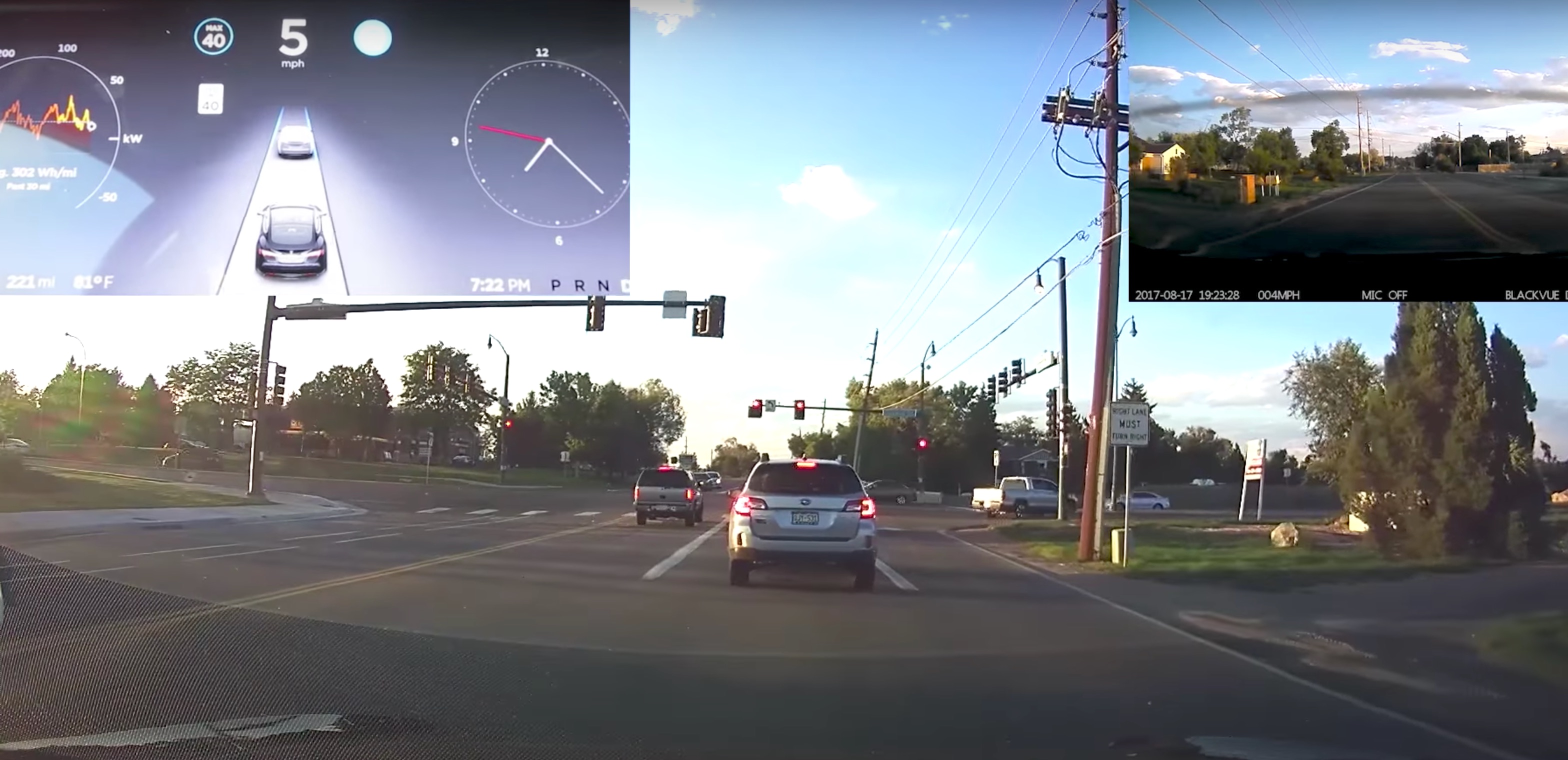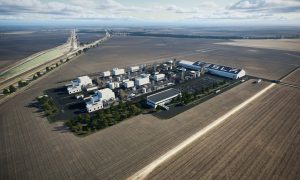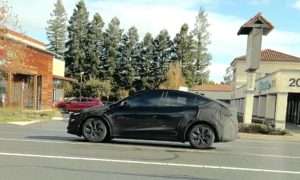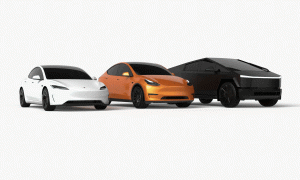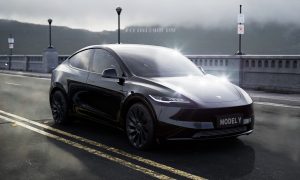Tesla is pushing forward on its Full Self-Driving goals as it increases data collection from Model S and Model X equipped with the Autopilot hardware suite.
The California-based electric car maker has been collecting a wider range of data from its vehicles, which includes driver interventions of Autosteer, road classifications, as well as vehicle speed against a curve radius of any given road.
Data logging of interventions include any time a driver uses the steering wheel, hits the brake or manually hits the Autopilot stalk. Though Tesla has been collecting data from its worldwide fleet of vehicles and operating them in ‘Shadow Mode‘ for quite some time, the latest firmware v8.1 (2017.32.xxx) builds have introduced a deeper level of Autopilot data collection. The level of granularity is detailed in a thread on the Tesla Motors Club.
Users on the thread speculated about what the data collection could mean.
“My hot take on the way this data is changing is that they’re preparing to collect a lot more data about Autosteer failure scenarios,” wrote mitchellh3. “Or they already are, its uncertain based on @verygreen’s log if some values are always zero currently awaiting the future or if its possible to actually trip them.”
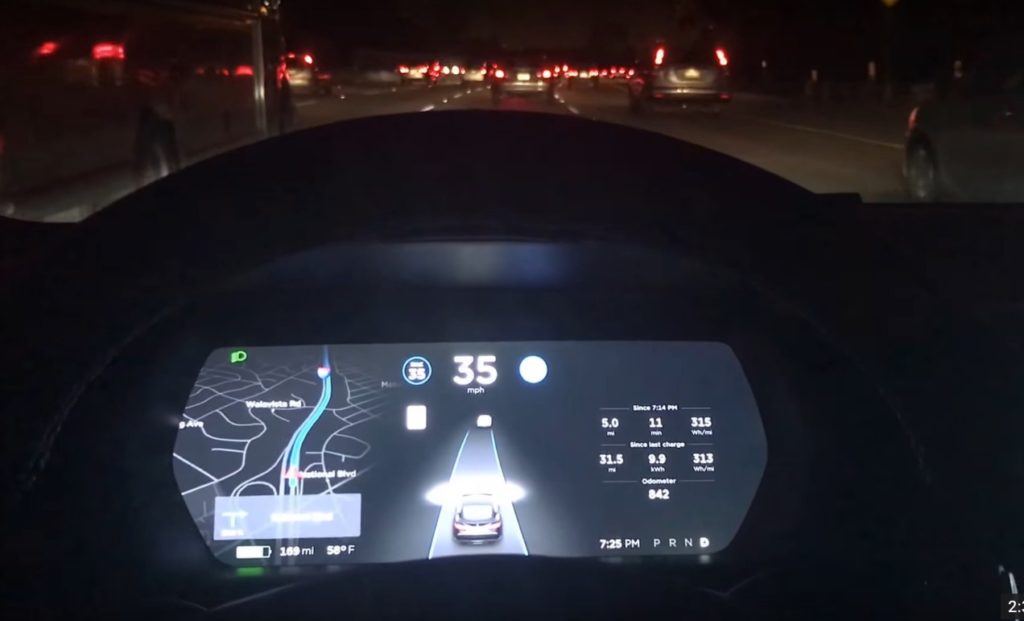
Tesla has increased speed limits and loosened restrictions of Autopilot 2.0 over time as the company continues to gather more road and driving data from the vehicle’s Autopilot hardware suite.
Earlier this summer, a Model S driver captured data being uploaded from his vehicle. Tesla announced that it had begun capturing short video clips from cameras on Model S and Model X, and the data was being used to help better Tesla autonomous driving technology.
“We are working hard to improve autonomous safety features and make self-driving a reality for you as soon as possible.” read a section of Tesla’s Data Sharing Policy.
The news on autonomous development comes only a week after reports of high tensions among programmers in the department were released by the Wall Street Journal.
Unnamed sources indicated that the autonomous department was suffering resignations after the announcement that Autopilot 2.0 will provide full autonomous driving capabilities.
The increase in Autopilot data collection and aggressive development timelines also brings Tesla closer to its goal of completing a fully autonomous cross-country drive by the end of the year.
“November or December of this year, we should be able to go all the way from a parking lot in California to a parking lot in New York with no controls touched in the entire journey,” Musk said.

